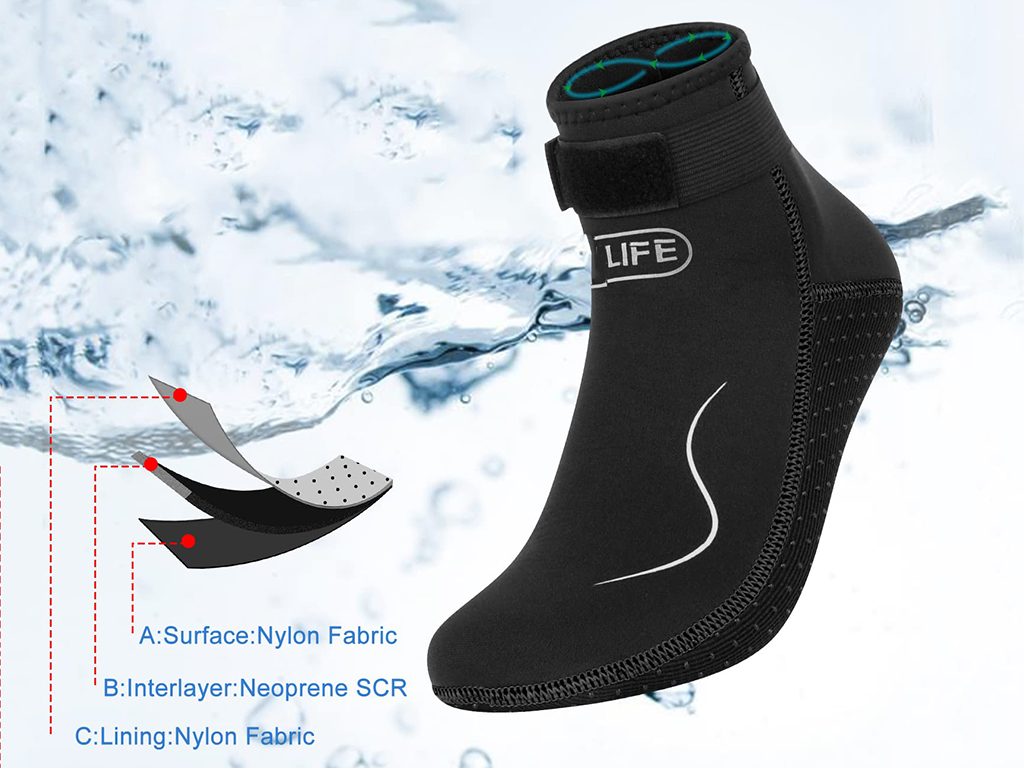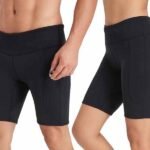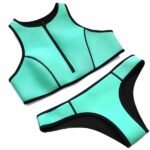When it comes to outdoor activities, water sports, or cold weather conditions, keeping your feet warm and dry is essential. Neoprene socks have gained popularity as an effective solution to provide insulation and protection in challenging environments. Whether you’re a surfer, diver, hiker, or someone who works in cold conditions, neoprene socks can offer significant comfort and warmth. In this article, we’ll explore how neoprene socks work, their benefits, and when they are most useful.
Neoprene socks work by trapping body heat and providing thermal insulation, making them an excellent choice for cold water activities and outdoor conditions. Their unique material composition makes them both warm and water-resistant, offering superior protection against cold temperatures and wet conditions.
Now, let’s dive deeper into understanding exactly how neoprene socks function and when they are most effective for keeping your feet warm.
Do Neoprene Socks Keep You Warm?
Yes, neoprene socks are designed to keep your feet warm, but their effectiveness depends on the specific conditions in which they are worn. Neoprene, a synthetic rubber material, has unique properties that allow it to trap heat and provide insulation, even in wet environments.
Neoprene socks work by creating a barrier of warmth between your feet and the cold water or air. The material retains body heat while offering a snug, comfortable fit that reduces the risk of cold-related issues like frostbite or hypothermia in cold environments.
Neoprene socks are particularly effective in cold water activities. When you submerge your feet in cold water, the material forms a thin layer of water between the sock and your skin. This water is gradually warmed by your body temperature and retained by the neoprene material, providing insulation. Even when the water is freezing, neoprene helps keep your feet from getting too cold for an extended period. In addition, the socks are designed to fit tightly around the ankle and lower leg, minimizing heat loss and offering a secure, protective layer.
In general, neoprene socks work well in conditions where traditional socks might fail—like in water-based sports such as surfing, kayaking, and diving. They are designed to keep feet warm in temperatures that might otherwise cause discomfort or harm, especially when combined with other wetsuit gear.
What is the Purpose of Neoprene Socks?
Neoprene socks serve several important purposes, depending on the activity and the environment in which they are worn. Their primary purpose is to provide thermal insulation in cold environments, particularly in water. However, they also offer protection against abrasions, cuts, and scrapes, which is crucial during water sports and outdoor activities.
The main purpose of neoprene socks is to keep feet warm and protected in cold or wet conditions. They are designed to insulate the feet, provide comfort, and protect the skin from harsh elements like water, rough surfaces, and cold temperatures.
Neoprene socks are an essential piece of gear for people who spend extended periods in cold water, such as divers, surfers, and fishermen. These socks prevent cold shock, a condition caused by sudden exposure to cold temperatures, and help maintain normal body temperature[^3]. For outdoor adventurers and hikers, neoprene socks provide an extra layer of protection against harsh weather, preventing frostbite in extreme conditions. They also reduce the risk of blisters and injuries caused by walking on rough terrain, as the neoprene material cushions the feet while preventing direct contact with the skin.
Additionally, neoprene socks are often used in conjunction with wetsuits to enhance overall warmth and comfort during water activities. They are also effective for people with poor circulation, as they help maintain warmth in the extremities.
How Do Neoprene Socks Provide Insulation?
Neoprene socks provide insulation through the unique properties of the neoprene material. The socks trap a thin layer of water between the material and your skin, which is then heated by your body temperature. This insulating layer of water, combined with the flexibility and thickness of the neoprene, helps to retain warmth and keep the feet comfortable in cold environments.
Neoprene socks insulate by trapping heat close to the body. The material’s closed-cell structure prevents water from passing through the sock while retaining a thin layer of water that is warmed by the body, creating an effective barrier against the cold.
The insulating properties of neoprene come from its closed-cell structure. This means that the material is filled with tiny air pockets that act as barriers to heat transfer. Neoprene is also water-resistant, which means that even in cold, wet conditions, it will not absorb water like cotton or wool. The trapped water between the sock and your skin is gradually warmed by your body heat, creating a microclimate of warmth that helps maintain your body temperature. The thicker the neoprene material, the more insulation it provides, making it ideal for activities in extremely cold conditions.
Unlike traditional fabrics that may lose their insulating properties when wet, neoprene retains its warmth even in wet environments, which is why it is so popular for water sports like surfing and diving. This makes neoprene socks highly effective in situations where other materials may fail to provide the necessary warmth and comfort.
When is it Appropriate to Wear Neoprene Socks?
Neoprene socks are ideal for situations where you need both warmth and protection in wet, cold, or rough conditions. They are commonly used in water sports and outdoor activities where traditional socks would be ineffective or uncomfortable.
Neoprene socks are appropriate for activities that involve exposure to cold water or harsh outdoor conditions. They are perfect for surfers, divers, hikers, fishermen, and anyone who spends time in wet or cold environments.
Neoprene socks are particularly effective in cold water activities, such as surfing, diving, and kayaking. They are also commonly worn by fishermen, particularly in cold regions, where they offer both warmth and protection from cold water. Additionally, neoprene socks can be beneficial for cold-weather hiking or winter sports, offering a level of comfort and protection that traditional socks can’t match. The insulation they provide helps maintain warmth in your feet, preventing frostbite and other cold-related issues during extended periods in cold conditions.
Another situation where neoprene socks are useful is when participating in water sports where you might encounter rough surfaces, such as coral reefs or rocky beaches. The added layer of neoprene helps protect your feet from cuts and abrasions while offering the warmth necessary for long hours in the water.
Which Thickness of Neoprene is Best for Different Activities?
The thickness of neoprene socks varies depending on the activity and the environmental conditions in which they are used. Thicker neoprene offers more insulation, while thinner neoprene provides more flexibility and comfort in warmer water or weather conditions.
For cold-water activities, thicker neoprene socks (5mm or more) provide the best insulation. For milder conditions or warmer waters, thinner neoprene socks (2-3mm) are more suitable, as they offer flexibility without compromising comfort.
The thickness of neoprene socks typically ranges from 2mm to 7mm, with the most common being 3mm, 5mm, and 7mm. For cold water activities, such as diving in icy waters, a 5mm or 7mm thickness is ideal as it provides maximum insulation. In contrast, thinner socks are better suited for milder temperatures or active sports like surfing, where flexibility is just as important as warmth.
If you’re engaging in light water sports or activities in warmer conditions, a 3mm or even a 2mm sock would provide the necessary comfort without restricting movement. The thinner material will also allow your feet to breathe, preventing overheating while still offering some degree of thermal protection.
For those participating in high-intensity activities like surfing or paddleboarding, a thinner neoprene sock will offer the best balance of flexibility and comfort, while thicker socks are perfect for static activities such as diving, where maximum warmth is required.
Conclusion
Neoprene socks are a practical solution for keeping your feet warm, comfortable, and protected in a variety of cold and wet conditions. Whether you’re diving in chilly waters, hiking in the snow, or engaging in outdoor sports, neoprene socks offer unparalleled insulation and comfort. With various thickness options available, they can be tailored to suit different activities, making them a versatile addition to your gear collection.
By understanding how neoprene socks work and when they are best suited for use, you can make an informed decision about how to integrate them into your product line. If you’re a brand, wholesaler, or retailer looking to offer high-quality custom neoprene socks, we can help you create the perfect product to meet the demands of your customers.











